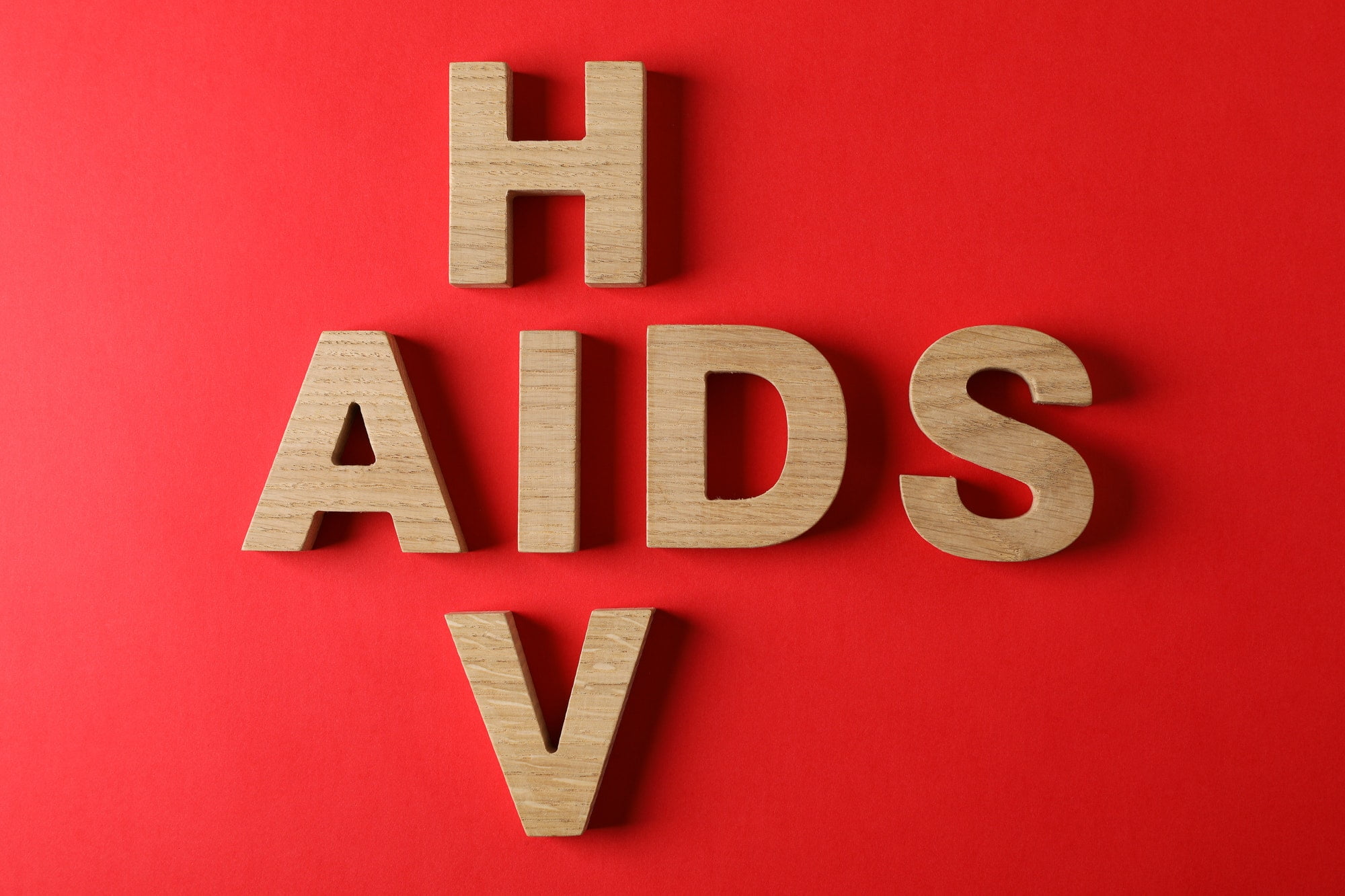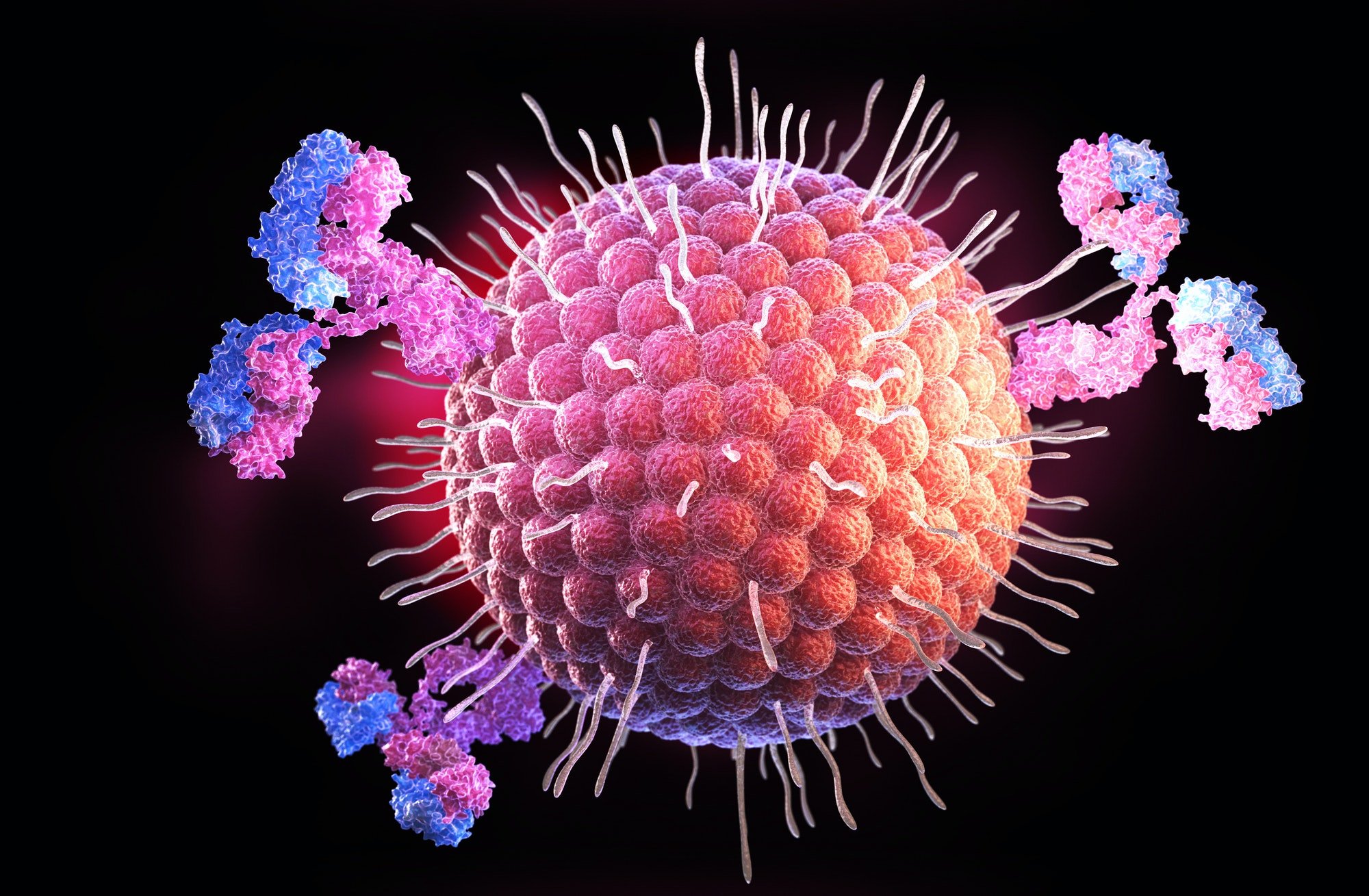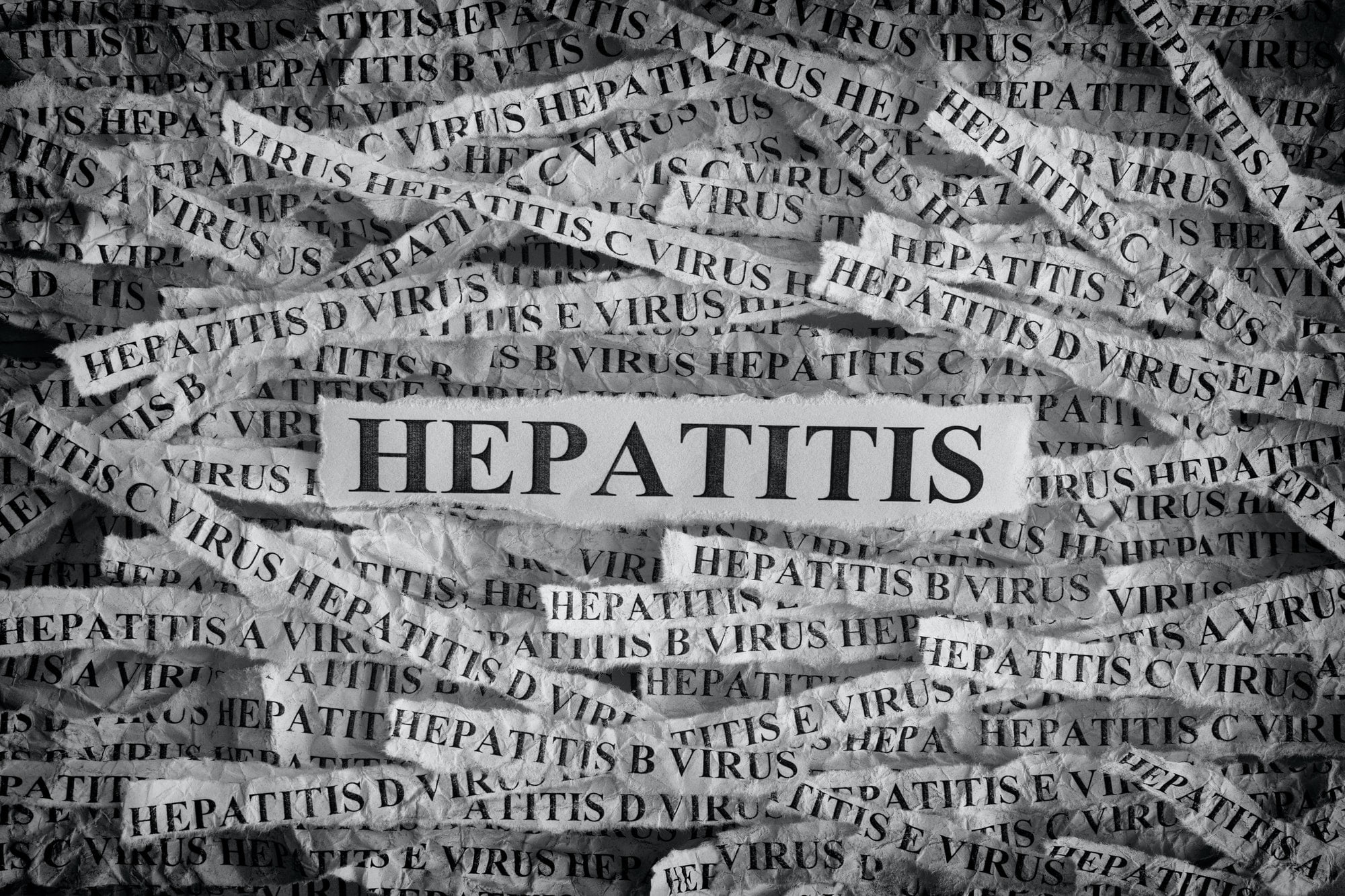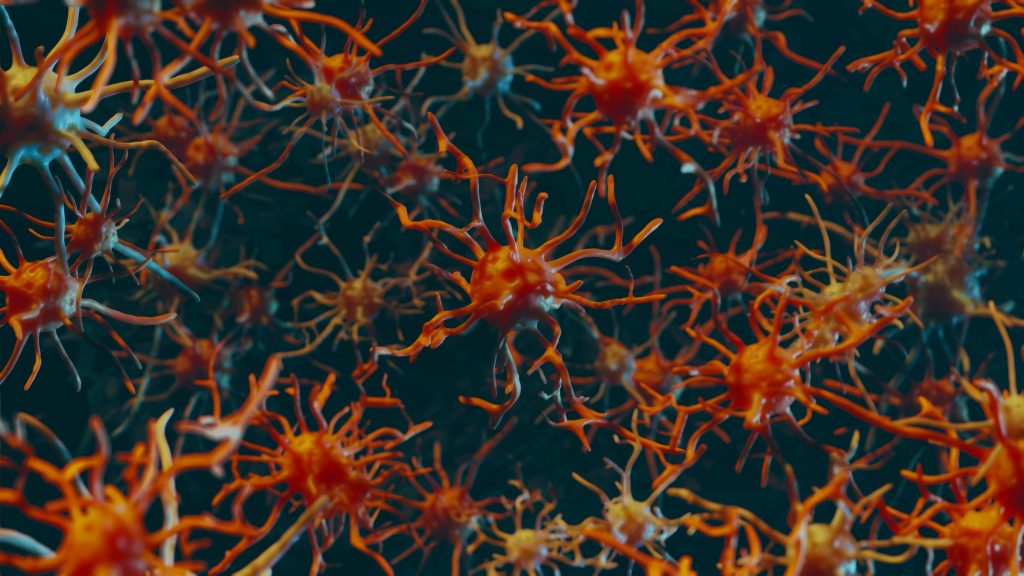The Most Infectious Diseases You Need To Know
Disclaimer: As an Amazon Associate I may earn from qualifying purchases from products mentioned on posts made on this site.
You’re probably thinking to yourself, “I can’t believe I’m reading this. Surely there’s not a need for me to know about the most infectious diseases?”
Well, you might be surprised. There are hundreds of different types of these diseases and they range from the common cold and influenza (flu) to HIV/AIDS and SARS.
If you don’t already know what any of those words mean, then it’s time that you educate yourself on them because prevention is key when it comes to health care.
This blog post will provide some insight into just some of the most infectious diseases out there so that you can better protect your body against all illnesses!
1. Influenza

Influenza is an infectious disease that infects the respiratory tract, most often causing fever and a general feeling of illness. Influenza can be caused by many different types of viruses including A/H1N1, A/H3N2, B, or C.
It typically occurs in cold weather months from October-April but can occur outside this time frame if there are significant changes in temperature. The flu shot will help to prevent this disease for children 6 months to 18 years old with some exceptions.
The vaccine takes about two weeks after being given before it becomes effective so it’s important to get vaccinated early on in the season when influenza starts showing up more often.
2. Meningitis

Meningitis is a serious infectious disease that can be fatal. It’s caused by bacteria or viruses and can lead to brain damage, coma, deafness, and even death. The good news is that there are vaccines available to help prevent this from happening!
An estimated 50% of people who contract meningitis from bacteria die from it. The most common symptom for bacterial meningitis is a sudden fever followed by neck stiffness and headache which develops into vomiting or convulsions within hours or days after onset. These are warning signs that require medical treatment immediately!
3. Tuberculosis

Tuberculosis is a contagious disease that can be fatal if left untreated. It’s a leading cause of death from infectious disease, and it affects over 10 million people every year.
Tuberculosis has been around for centuries, but because treatments have improved, the number of cases has decreased in many countries. In 2014, there were 9 million new cases reported worldwide.
The most common symptoms are persistent cough with blood-tainted sputum or fever higher than 101°F for more than two weeks without other explanation.
Early diagnosis and treatment can prevent long-term complications such as lung scarring or organ failure. If you think you may have contracted a tuberculosis infection, see your doctor as soon as possible to minimize the risk of spreading this deadly disease to others.
4. HIV/AIDS

The human immunodeficiency virus is a retrovirus that damages the immune system by infecting T-cells. HIV/AIDS is an infectious disease caused by this virus and can lead to AIDS, which also destroys the immune system.
In order for someone to contract HIV, they must be exposed to it via contact with bodily fluids from an infected person or through sexual intercourse without protection.
The most effective way of preventing transmission of HIV infection is abstinence from sex or having one partner who doesn’t have HIV. There are also other means such as using condoms during sex and taking antiretroviral drugs if you’re exposed to the virus in order to prevent infection or reduce its effects on your body.
5. Herpes Simplex Virus (HSV)

Herpes is a contagious virus, usually transmitted through contact with infected skin or mucous membranes. The herpes simplex virus (HSV) can be categorized as either HSV-1 or HSV-2. Most people are exposed to the infection as children and show no symptoms; however, those who have never been exposed to the disease will experience an initial outbreak of sores on their genitals, rectum, mouth, and other parts of their bodies.
Once you contract the virus there is no known cure and it remains in your system for life. It’s important that if you think you may have contracted this infectious disease to seek medical attention immediately so they can offer proper treatment before it worsens.
6. Hepatitis A, B, and C

Hepatitis A, B, and C are infectious diseases that the liver can contract. They all cause similar symptoms but differ in severity. Hepatitis A is a milder form of the disease and does not lead to chronic hepatitis or cirrhosis.
In contrast, hepatitis B causes lifelong liver inflammation and fibrosis which may eventually lead to cirrhosis. The most severe type of hepatitis is caused by the hepatitis C virus (HCV). HCV infection leads to chronic liver inflammation which may progress into cirrhosis over many years with serious consequences including cancerous changes in the liver cells.
Keeping up with the latest information on infectious diseases is a great way to ensure you are protecting yourself and your loved ones against these serious illnesses.
Flu season is coming, so it’s important that we all understand how influenza can be prevented or treated. Meningitis may not seem like something deadly, but if left untreated it could lead to complications such as brain damage which would drastically affect someone for life.
Tuberculosis has been around since before modern medicine became what it is today; this doesn’t mean that tuberculosis isn’t still dangerous though! Many people think HIV/AIDS was eradicated decades ago because of medication advancements–but there’s still no cure for AIDS yet.
Be informed and always in the know.
Notice: Amazon and the Amazon logo are trademarks of Amazon.com, Inc, or its affiliates.


